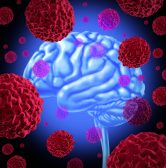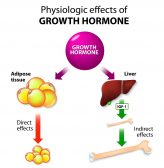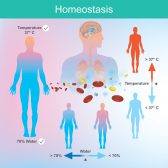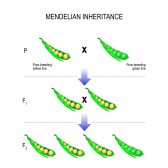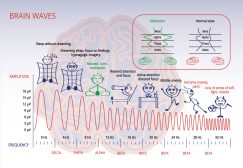Definition
noun
A small bundle of fibers situated longitudinally in the white matter, at the entrance of the dorsal root fibers at the dorsolateral sulcus
Supplement
The fasciculus of Lissauer is a small bundle of fibers containing centrally projecting axons from dorsal root ganglion cells. It runs longitudinally in the white matter and located in the dorsal part of the lateral funiculus. It was first described by German neurologist, Heinrich Lissauer (1861-1891).
The fasciculus of Lissauer occurs throughout the spinal cord, and is most developed in the upper cervical regions. It contains axons from the dorsal root ganglion cells associated with pain and temperature.1
It also contains several fine non-myelinated fibers that are derived mostly from the dorsal roots (i.e. partly endogenous in origin), and are intimately related to the substantia gelatinosa.1, 2
Synonym(s):
- fasciculus of Lissauer
- Lissauer’s tract
- tract of Lissauer
- dorsolateral fasciculus
- dorsolateral tract
- zone of Lissauer
See also:
Reference(s):
1 Posterolateral tract. Retrieved from https://en.wikipedia.org/wiki/Posterolateral-tract
2 Wall PD, Lidierth M, Hillman P (December 1999). “Brief and prolonged effects of Lissauer tract stimulation on dorsal horn cells”. Pain 83 (3): 579–89.

